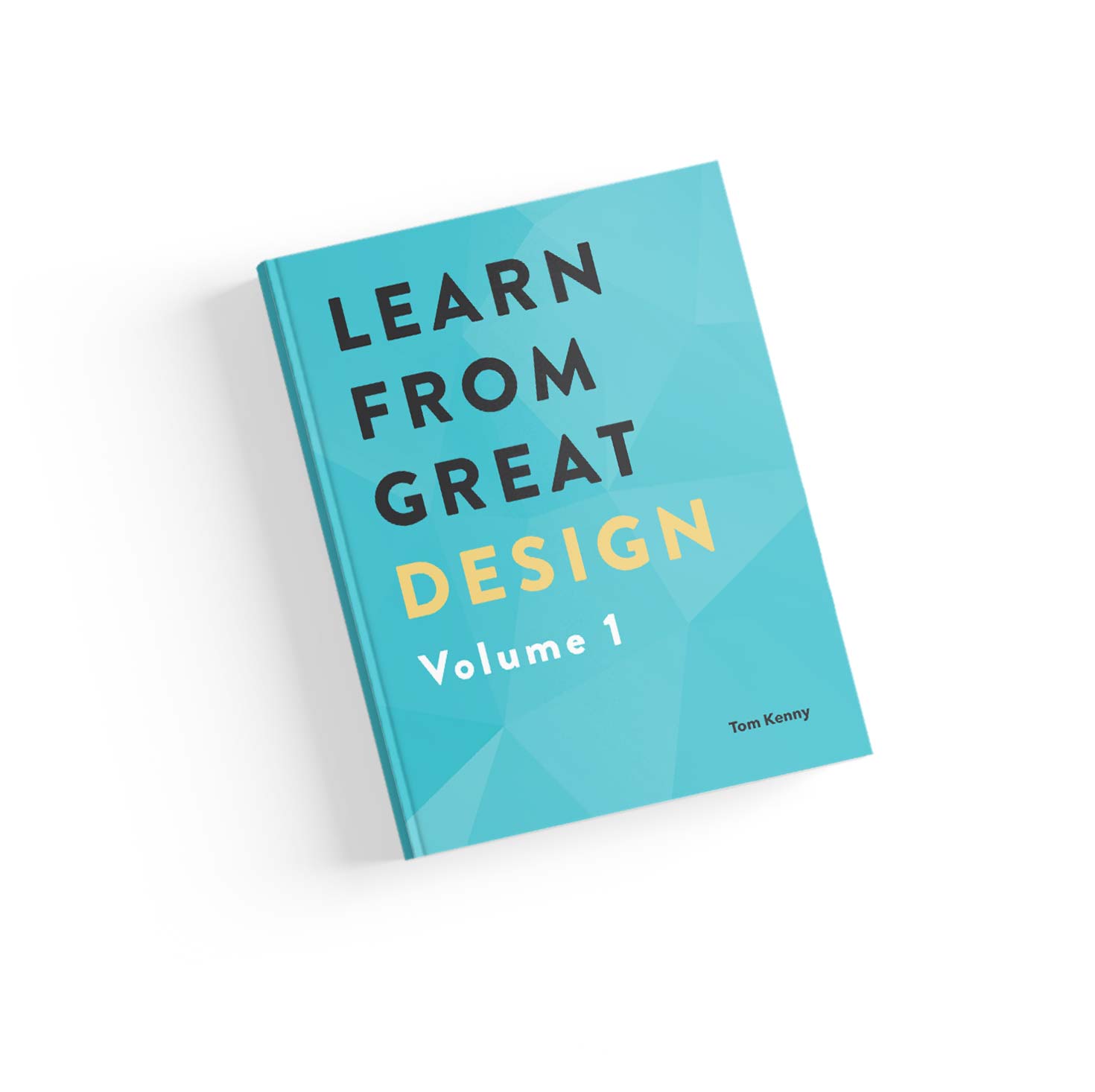In the last issue of Learn from Great Design, I mentioned that user experience is an important component of branding. I want to elaborate on that just to underline the importance.
First of all, let’s look at what a brand is not. A brand is not just visual. There’s so much more to it than just a logo, which is a common mistake.
A brand can be better thought of as others’ perception of the company, product or service.
If a website is frustrating to use, what will you think of it? You may well think they don’t care about making things easier for you, which will taint the perception you have of them. Now when you see or think of that company, you will likely think of any bad experiences you’ve had. Your perception of that company has changed because of the user experience. Similarly, if you’ve had a wonderful experience with a website, you now have a more positive association of that brand.
Every time I need to rent a car, I now think of how my experience of using Avis’ website was so fantastic. They’ve risen to the top as my favourite car rental company because they made the effort to think about me by creating the best user experience in the business. See more about Avis in the first issue of Learn from Great Design, including comparisons with their main competitors.
Whenever I see a big competitor of theirs, especially the ones with dated websites, I immediately think they don’t care. Why haven’t they invested in helping me? They’re stuck in the past and you can see how this has negatively affected my perception of them. I will almost certainly never ever use Enterprise to hire a car, for example, even if they do redesign their website and improve the user experience. My negative perception of them is far too strong at this point.
Everyone is in UX
To be honest, I’m not quite sure where the term UX designer came from. If you’re a web designer, you’re also a UX designer even if you’re classed as a “visual web designer” (if you are, get a new job where they respect you). Aesthetics are also an important part of a brand but web designers do much more than visual work. If you’re a UI designer and designing the UI of an web app, you’re deciding on how people will interact with it, forming a key part of the user experience.
User experience shouldn’t be the sole responsibility of one person, or a team. Everyone involved contributes to the user experience, even copywriters, email designers and marketing teams are contributing to the user experience.
User Experience as Branding Examples
Think of some of your favourite brands online.
Google’s initial success came from a search box on a white screen and Gmail’s popularity was from creating a better email experience, including huge amounts of storage space. Dropbox attracted the attention of Steve Jobs because they solved a a complex problem (cloud syncing) in a simple way. Apple focuses on the user experience in everything they do, even right down to the way they package their products so the experience of opening them is the best it can be (others have since followed Apple’s lead).
Imagine what would have happened if any of those companies compromised on their user experiences. It’s easy to think of them as giants now, but they had to start somewhere and they started with great experiences. The experiences defined their brands.
Let’s look at a couple of lesser known examples.
Photojojo sell physical goods but their product pages are filled with fun elements, including a switch labelled “do not pull”, a ballon that shows a customer’s photo of a product when clicked and even an animated dinosaur taking a photo if you scroll beyond the bottom of the page.
Harry’s focuses on “quality craftsmanship” and “simple design” in their product line of razors and shaving goods. Their web design exhibits quality through the elegant use of typography, whitespace and colour. Simplicity shines through when purchasing, thanks to a simple set of subscription plans to choose from and an easy way to build your own. Their actual service is convenient (shaving gear regularly delivered to you) and the usability of their store needs to reflect that too, and it does.
Branding Can Inform UX and UX Can Define Branding
Remember how important the user experience is to branding on your next project. Doing so will also make the user experience true to the brand values. On the other hand, the user experience you design will contribute to forming a brand too if you happen to be designing a website for a new business.
When working on a brand that has already been defined you should bake it into the user experience. In the Learn from Great Design where I wrote about Orangina, I mentioned how the agency, Achtung!, took the existing shaking action associated with Orangina’s drinks as a starting point for the user experience. What resulted from that was a fantastic website perfectly suited to Orangina.
Going back to the Harry’s example above, I believe they only existed online initially, so they needed the online user experience to help define their brand and get their sales up and running. It was a key cog in the machine.
You already know how important a great user experience is, but hopefully now you know the role it plays in branding and how you can use existing brands to create an appropriate user experience or use it to help define a brand. Either way, it plays a key part.


